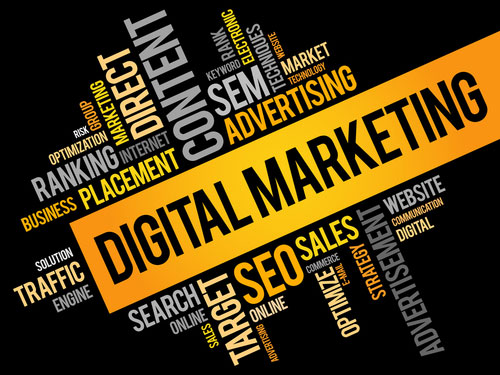In recent years, inbound marketing has emerged as a critical customer acquisition strategy for companies eager to grow. Inbound marketing involves creating and sharing content online through blogging, social media, and search engine optimization (SEO). This helps your company be “found” by potential customers who are already learning about and shopping for the kinds of products or services you sell.
Inbound marketing is often contrasted with outbound marketing, which may include paid advertising, cold calling, telemarketing, sending email blasts to purchased lists, and attending tradeshows. Outbound marketing is an effort to get your message out to as many prospects as possible, in the hope that it will resonate with them and generate leads.
While this approach can still be effective and useful, your prospects are already inundated with countless outbound marketing messages every day, so it can be difficult to get your message through. Also, many potential customers are not receptive to unsolicited marketing, may not have a need for your product or service, may not be shopping for a solution, or may not be at the right phase in their buying cycle.
To address these inefficiencies and obstacles, inbound marketing takes a different approach. It aims to engage and build trust with potential customers who are already seeking information and shopping online for solutions relevant to your offering.
There are a few core strategies and tactics that inbound marketers typically use to accomplish this:
- Increase brand awareness by creating content, participating in social media and online discussions, and conducting search engine optimization (SEO)
- Capture leads with useful, informative content, attractive offers, and effective landing pages
- Convert leads with content marketing, nurturing campaigns, and sales force automation
- Analyze results, adjust strategies and content, and apply lessons learned
At its core, inbound marketing is all about generating and converting qualified sales leads. Once you have been discovered through your marketing content, SEO, and social media, you capture qualified leads by offering prospects something of value—such as free products or services, discounts, or access to useful content such as newsletters, webinars, or white papers—in exchange for signing up and sharing their contact information. Once registered, your leads can be nurtured to move them through your sales funnel through follow-up sales calls, emails, demos, and additional content.
Some of these efforts can even be combined with elements of outbound marketing, such as paid search advertising to create highly-targeted inbound marketing campaigns that focus on the people actively searching for keywords and content relevant to your business. Or they can be combined with sponsored blog posts on LinkedIn to reach a very specific audience according to industry and job title criteria.
An Ongoing Investment with Phenomenal ROI
As opposed to outbound marketing, which often involves a temporary or short-term campaign, inbound marketing is a continual process. It requires an ongoing commitment and the talent and resources to build your brand online, create content, conduct successful campaigns, and continuously refine and improve your efforts.
However, this does not mean that inbound marketing is more expensive or less effective than traditional outbound marketing. In fact, inbound marketing is much more cost effective than outbound marketing.
In recent surveys conducted by HubSpot, businesses consistently reported that the cost per lead for inbound marketing is at least 60% lower than the cost per lead for outbound marketing. In fact, regardless of company size or marketing spend, inbound efforts achieve higher ROI than outbound marketing.
Inbound marketing is even more cost effective for smaller businesses, with a savings of 64% in cost per lead for companies with 1-25 employees and 68% for those with 51-200 employees.
This phenomenal edge in ROI is one of the main reasons why inbound marketing has become the marketing approach of choice. More than 75% of B2B, B2C, and non-profit organizations now favor inbound over outbound marketing.
Understanding and Exploring Inbound Marketing for Your Business
From building brand awareness to generating and converting leads, managing your brand reputation, and retaining customers, inbound marketing is a vital strategy that no company can afford to ignore. Executed properly, it will not only drive new business but also continue to pay dividends as you build your brand and audience, maintain an active presence on social media, and continue to share content and engage in conversations with prospects and current customers online.
However, the key to understanding inbound marketing and using it to grow your sales is to gain a deeper awareness of how it works, the steps and strategies required to implement it, and the resources required.
Thankfully, our team has assembled a Beginner’s Guide to Inbound Marketing, which offers a quick guide to inbound marketing, best practices and strategies, and an outline for how to build a successful program for your business.
Or, to learn more about inbound marketing and how you can use it to grow your sales, contact our team of experts to request more information and to schedule a free consultation.


